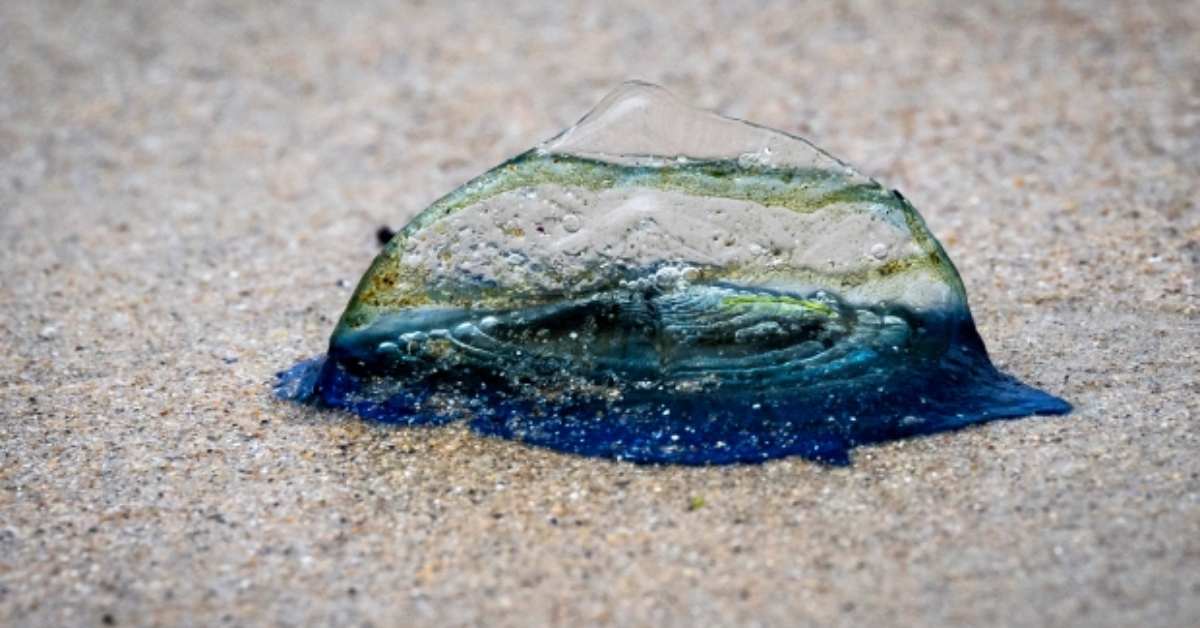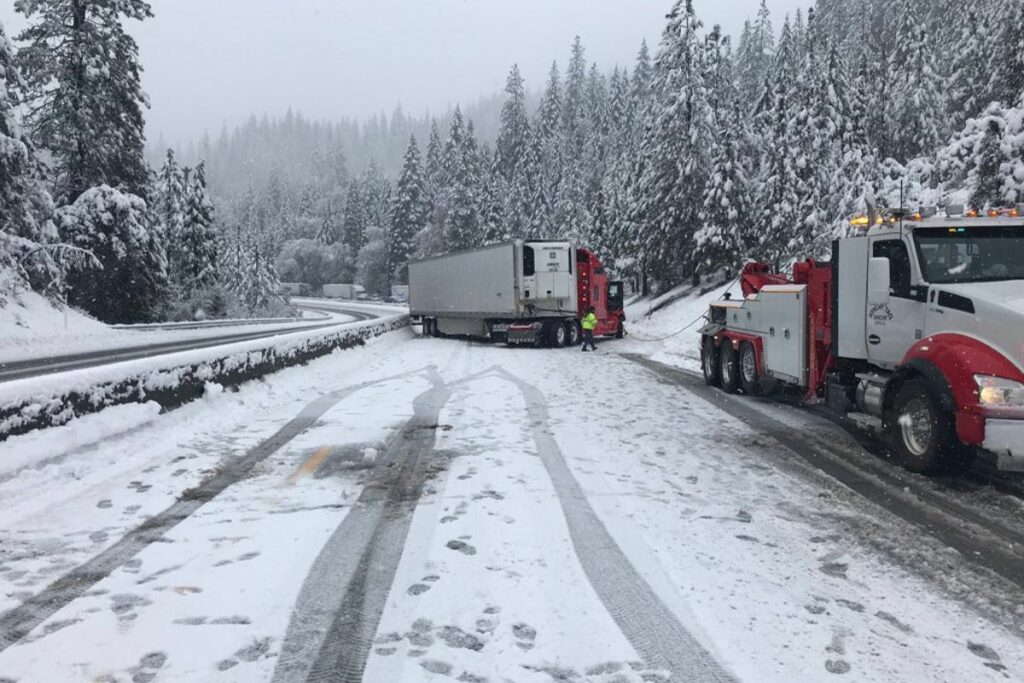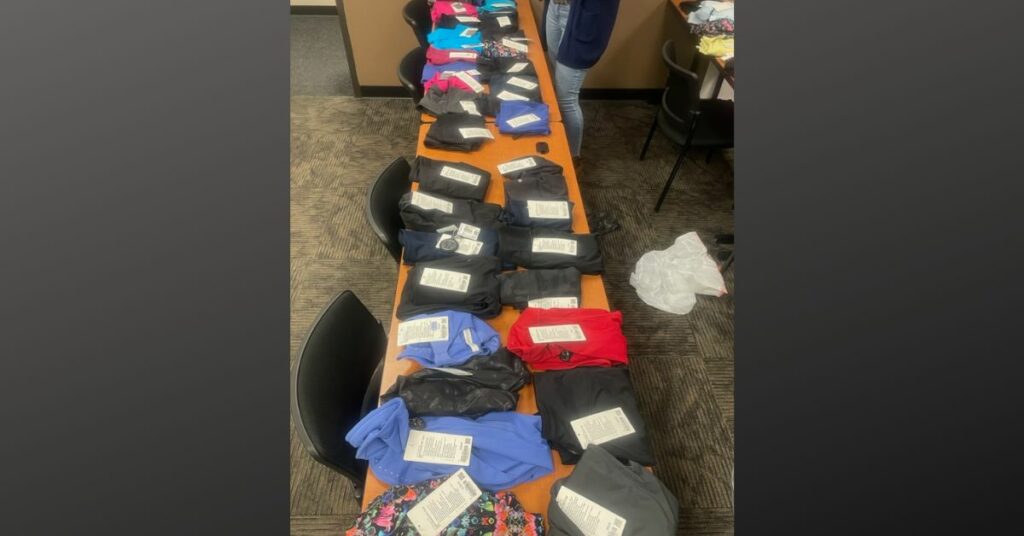Contents
One of the “by-the-wind sailors” that have been washing up on Southern California beaches in April by the thousands.
What are they?
- The tiny disc-shaped creatures are colonial hydrozoans. They belong to the order Cnidaria and the genus Velella, which has nothing to do with Game of Thrones.
- You may know them as by-the-wind sailors, but their real name is Velella velella (try saying that five times fast).
- The sailors are only a couple of inches long, and while they are living, they have beautiful shades of cobalt and baby blue.
- They look like jellyfish but have a small sail sticking out of their bell, which gives them their name and explains how they move.
CAStateParksOC Shared a Interesting Tweet, Which is given below-
What’s All The Fuss About?
- Beachgoers in California have recently seen tens of thousands of Velella velella near the shore, even though they usually live far out at sea.
- And their sails show why! They move around only with the help of the wind and ocean currents. When conditions are right, like during recent storms, they can be pushed up onto the shore.
- They also lose their beautiful blue color when they leave the ocean and die on land, where they usually turn gray or clear. And since they don’t have a shell to keep their shape, they shrink until they look like plastic.
- Their main enemies are brightly colored sea slugs and a type of snail that eats other snails.
What’s Everyone Saying?
Marine biologist Julianne Kalman Passarelli is the teaching and collections curator at the Cabrillo Marine Aquarium in San Pedro, California. She talked to NPR about the mysterious blobby dudes.
Check out more recent updates given below-
- Top 5 Oregon Spring Fishing Hotspots, According To ODFW
- Rare Wolverine Spotted Again in Oregon by Wildlife Officials
How They Reproduce:
They do something called “alternation of generations,” which is just really weird. This is how they have babies. They change back and forth between the polyp, colony polyp, and medusa stages.

About The Velella Velella’s Body And Its Environment:
The Velella velella is a group of animals living together. And if you look closely, all those little things hanging down that look like tentacles are different organisms in the same group. They all work together, kind of like coral, but they all have different jobs. One is for making babies, one is for eating, and the other is for protection.
About How The Sail Is Made:
The top of the sail feels like plastic if you touch it. It’s not very thin. And what’s inside is chitin. And that’s the same thing that crabs use to make their shells. So, it’s known for being hard and defensive, but you shouldn’t pick them up and touch them because they are cnidarians.
Their sting is not as dangerous as that of their close cousin, the Portuguese man-o’-war, or even of their more distant relatives, like jellyfish and sea nettles. But they can make you mad. I wouldn’t recommend using your bare hands to pick them up.
Michele Steer shared a tweet which is given below0-
So, Now What?
- As long as the conditions are right, the Velella velella will keep washing up on shore, at least until the wind blows them somewhere else. Guys who just go with the flow.
- Even though you don’t see these tiny sea frisbees every year, it’s not the odd thing. “I’ve lived down here for over 20 years, and I’ve seen them at least 10 times,” said Kalman Passarelli.
Source- Oregon public Broadcasting Department





